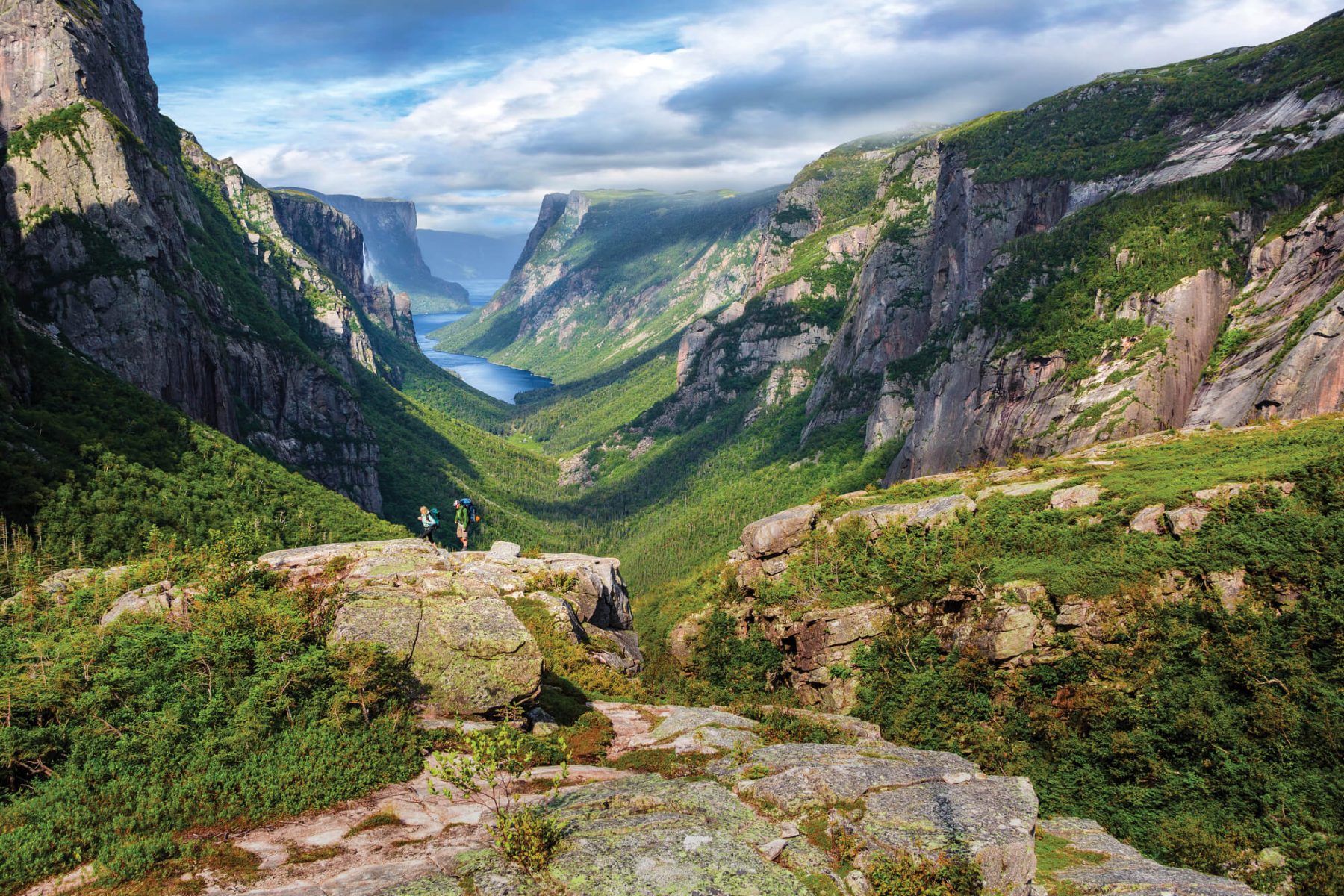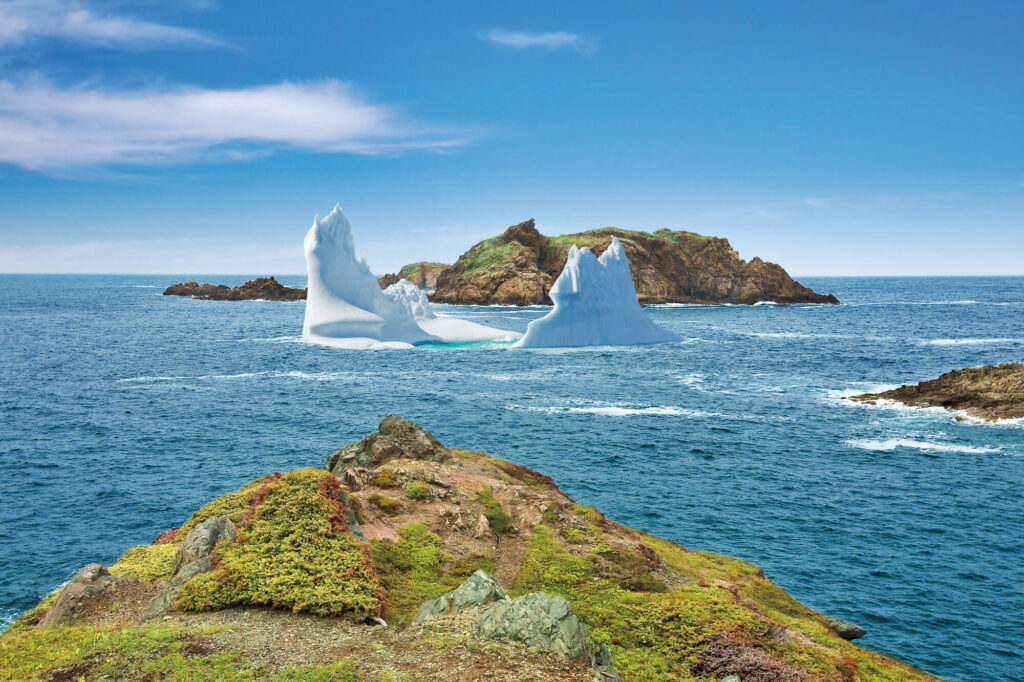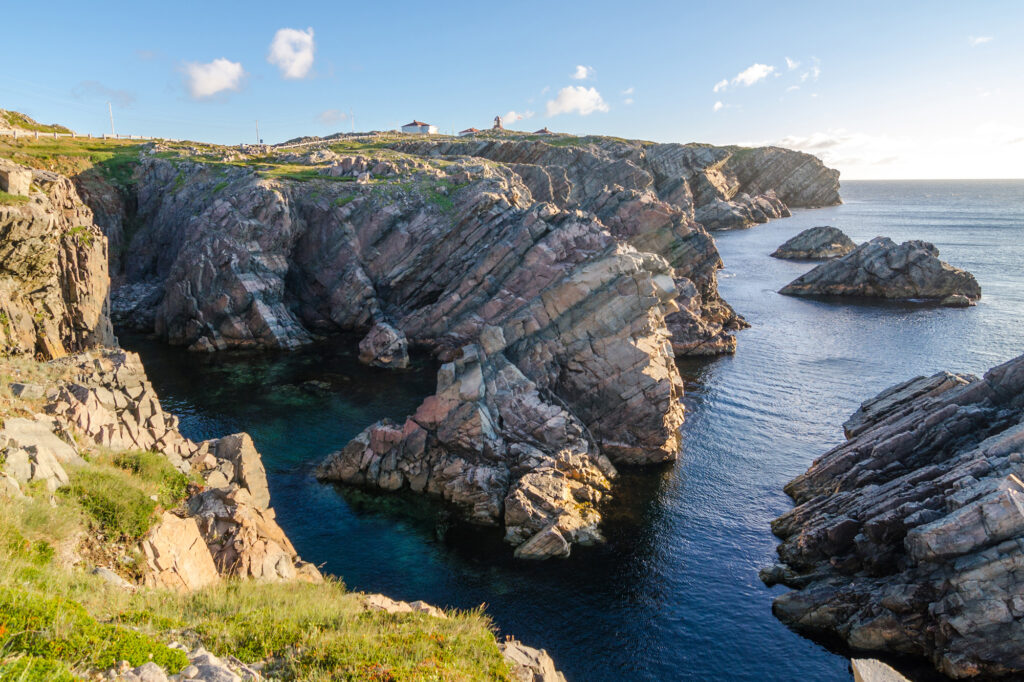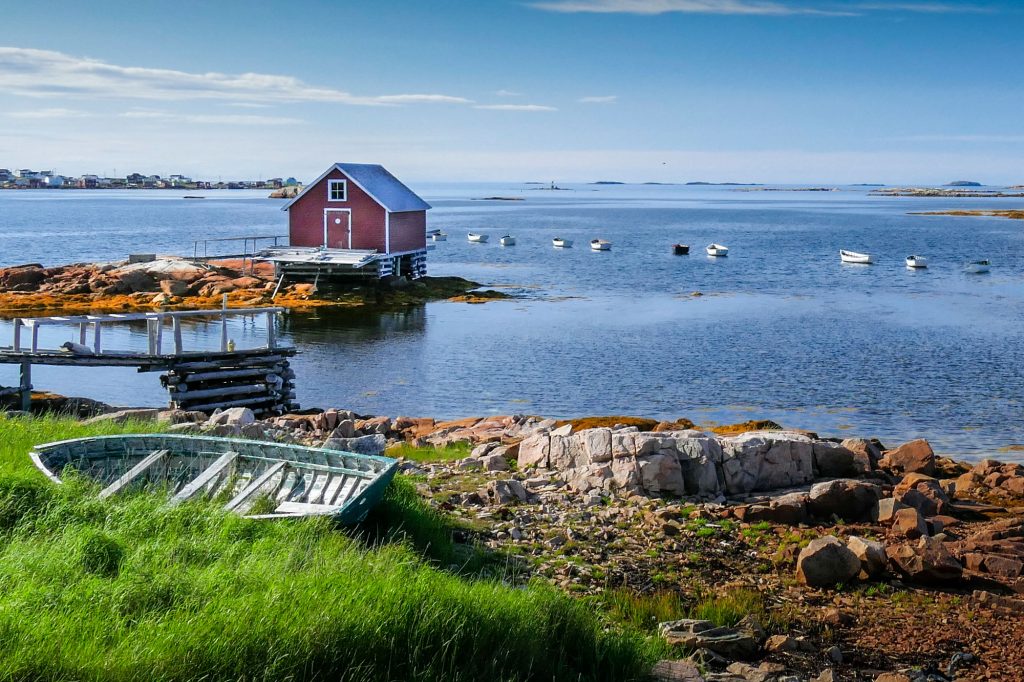
Newfoundland: Your Guide to Canada’s Most Easterly Province
The island of Newfoundland and Labrador on mainland Canada come together to form Canada’s most easterly province. Long ago, this historical spot would have been Viking territory, having been discovered by the legendary explorer Leif Erikson. Nowadays, it is a glorious spot for adventurous holidaymakers who want to take in the inspiring landscapes of a country that is known around the world for its beauty.
Let’s take a look at what makes Newfoundland such a special destination, with a few helpful tips on how to make the most of your journey.
Why is Newfoundland called Newfoundland?
Newfoundland comes from the Latin Terra Nova, which literally translates as New Land. The original name given to it by the Icelandic Viking Leif Erikson was Vinland, some 500 years before the Italian explorer John Cabot arrived, around which time it became known as Newfoundland.
The name Newfoundland is actually one of the oldest European place names still in use in the country dating back to the early 1500s.
What is the best time of year to visit Newfoundland?
It is recommended to visit Newfoundland during the summer between May and September as the weather is at its warmest and the local wildlife at its most active. There are also a number of festivals that take place over the summer, giving visitors the opportunity to take in the local culture and experience Newfoundland the way the natives do. Summer is also the best time for whale watching.
What is the warmest month in Newfoundland?
The warmest month is August, which hits an average temperature of 20 degrees Celsius, however, it can often get a couple of degrees warmer.

What should I do new in Newfoundland?
Newfoundland’s rich history and beautiful landscapes make for some amazing attractions. Historical sites like the Quidi Vidi Battery and Signal Hill offer some stunning views, and the quirky lighthouses dotted along the coastline are a reminder of the province’s close relationship with the ocean.
There are two large national parks – Gros Morne and Terra Nova – that offer a wide range of activities like kayaking and hiking, as well as epic scenery. This includes Baker’s Brook Falls at Gros Morne, which cascades over the limestone ridges, or Terra Nova’s sea to summit hike which offers unrivalled views across this majestic landscape.
Wildlife spotting is also a perfect activity to enjoy in Newfoundland. You can spot whales, puffins, otters, black bears, and reindeer, making a veritable menagerie of animals to encounter in their natural habitat.
Where should I visit in Newfoundland?
The national parks are must-see places in Newfoundland as they typify the striking landscapes that have inspired so many explorers and adventurers over the years.
Terra Nova National Park, which takes its name from the Latin for Newfoundland, is rugged but beautiful and encompasses a dramatic coastline that juts out into the Bonavista Bay. The inland area is made up of forested hills and wetlands that are home to a huge amount of wildlife. You can swim and paddle in Sandy Pond, go ocean kayaking around the striking coastline, and hike the Ochre Hill Trail. Gros Morne National Park is larger than Terra Nova and is classed as a world heritage site. Quaint towns, camping, hiking, and golf are among the attractions that the park offers. It is also geologically fascinating. At Tablelands, the rocks are orange and crumbling. Large boulders, covered by flat slab shattered into pieces. This is one of a few places where the earth appears to have flipped over like a pancake, the earth’s mantle revealing itself.
You shouldn’t end your trip to Newfoundland without also visiting St. Johns, the capital city. We also recommend checking out Fogo Island, known as one of the four corners of the world amongst flat earth believers. From here, icebergs can be seen floating offshore.

Where can I hike in Newfoundland?
Hiking opportunities abound in Newfoundland! You will find dozens of trails in the national parks like Terra Nova and Gros Morne. Exploring independently on a self-drive holiday offers ample chances to explore such trails.
What is there to do in St. John’s Newfoundland?
You should definitely visit Newfoundland and Labrador’s capital city St. John’s during your trip. The distinctive colonial-inspired architecture and brightly coloured buildings are a pretty sight, and the various boutique stores and restaurants mean there’s always somewhere new to visit.
There are a few lovely spots to explore, like Pippy Park which is Canada’s largest urban park, and Waterford Valley which offers picturesque scenery and two golf courses. The city centre is St. John’s cultural hub – George Street is great for music and nightlife. The Rooms is a lovely art and history museum, and Basilica of St. John the Baptist is an eye-catching testament to the city’s namesake.
What is Fogo Island known for?
Fogo Island is a rugged island off Newfoundland’s northeast coast with warm hospitality that comes from the 11 settlements dotted along the terrain. It is known for its striking coastline, rich forests and offshore icebergs as well as an emerging art scene that is inspired by the incredible locale. It is also home to one of Canada’s best-known hotels – Fogo Island Inn – a striking and modern property that is a true community project.
You can get there via ferry from Farewell, which you can drive to from St. John’s. A nice idea is to rent a car and explore the island by visiting the various small communities and taking in Fogo’s unique culture.

How long is the drive from St. John’s to Gros Morne?
The drive from St John’s to Gros Morne will take around six hours. There are a few nice spots to stop along the way, like the island of Twillingate which is around an hour and a half from Glenwood which you will pass on the road to Gros Morne.
However, if you want to save time you can fly from St. John’s to Gros Morne which will take around an hour and ten minutes.
Can you drive to Newfoundland?
It is possible to drive to Newfoundland from many places in Canada, but the drive itself is long. You can take a ferry across the Gulf of St. Lawrence from the mainland, or take the trip from Cape Breton Island, depending on where you are starting your journey from.
We recommend flying into St John’s and picking up a rental vehicle to explore the island such as on our Newfoundland Discovery itinerary.
Do you want to make Newfoundland the next stop on your list of adventures? Learn more about our Canada holidays, or speak to our Travel Specialists on 01737 214 250.



 Instagram
Instagram
 Facebook
Facebook
 YouTube
YouTube